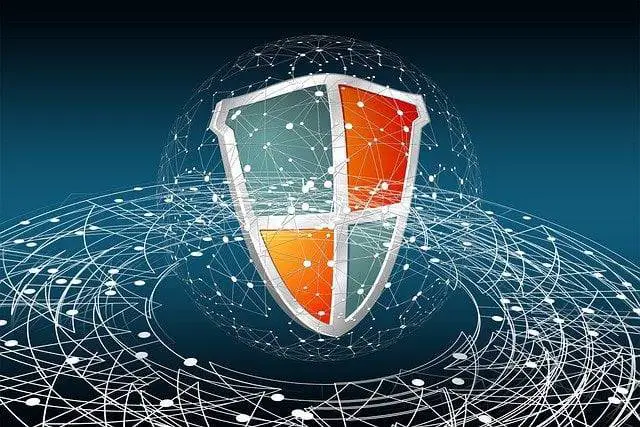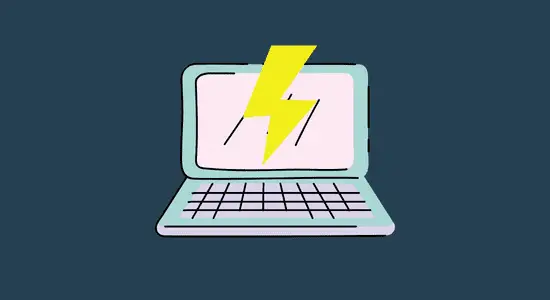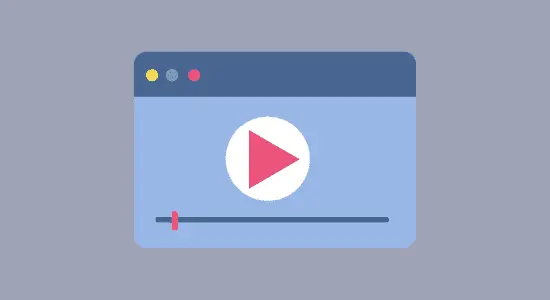Table of Contents Show
Are you experiencing problems with viruses on your computer? Do you want to know how to get rid of them? If so, read on! This article will provide you with the steps you need to take in order to eliminate threats from your PC.
After reading this article, you will know how to get rid of viruses on computers.
- There are many different ways to get rid of viruses.
- Some of the methods are more effective than others.
- You should try different methods until you find one that works best for you.
- Make sure to back up your data before you start any of the methods.
Types of viruses
PC viruses are a common problem for internet users, and there are many types of viruses that can infect your computer. These types infect documents, spread through the internet and can delete files, change your desktop wallpaper and change the settings on your computer. You should install antivirus internet security software as soon as you can.
These threats can be eliminated with proper internet security software. Other types of viruses include the adware, the spyware, malware and others.
How to get rid of viruses on computers for free?
There are many viruses that can infect a computer, and it’s important to take steps to protect your device from them. One way to do this is by using an antivirus program. However, if you don’t have an antivirus, or if your current antivirus isn’t finding the threat, you can use Defender Offline Scan. how to remove viruses from computer? Virus removal can be a difficult and time-consuming process.
We offer two methods for removing threats from your PC. One is a free tool called Microsoft Defender Offline Scan and an antivirus software, which can scan a file or drive and report any issues with it. This can be a useful tool for detecting and removing viruses. Microsoft Defender Offline Scan Tool is a free tool that you can use to remove viruses from your computer.
The Microsoft Defender Offline Scan Tool is easy to use and also Microsoft’s Security Essentials is a solid option for an antivirus internet security software, but it’s not as feature rich as the other programs. You can download them from the Microsoft website
Another is to download an antivirus software program that will clean your computer’s registry, which can help get rid off the virus. You can also try to delete the virus manually by locating and deleting the files or folders that contain it.
If your PC is infected, following these guidelines below will help you to get rid off it:
Step 1: Types of antivirus programs
There are many types of antivirus internet security software, each with its own benefits and drawbacks. To choose the best program for you, you need to understand the different types and decide which one is best for your needs. Most of the programs offer a free version and a paid version.
The free version can also get rid of virus on your computer and keep you from getting infected, but it will not be as effective as the paid versions.
Therefore, if you want to know how to get rid of viruses on computers in effective way, then it is recommended to pay for the paid versions to get better protection. The best free and paid antivirus programs are McAfee, Norton, Kaspersky Lab, Panda, Avast, AVG, Avira.
You can use the top paid antivirus programs for free for 30 days to decide which one is best for you. The best antivirus program will protect your computer from viruses and malware.
Step 2: Installing antivirus software
Here are four steps to installing antivirus software:
1. Start by downloading the latest version of antivirus software from the manufacturer’s website or from a third-party provider.
2. Install the software according to the instructions provided.
3. Run a virus scan once the installation is complete.
4. Install any software updates available and run a full scan once the updates are installed for good measure. If the process above doesn’t work, try running a full system scan by clicking on the ” Scan Computer Now ” button in your Antivirus software.
Step 3: Deleting infected files
If you have completed a virus scan and found any infected files, it is important to delete them. This will help prevent any future infections. To delete infected files, you need to run the program that is found in your file and then follow the prompts. After the program has removed all infected files or cleaned your PC, run a virus scan on your PC again to make sure there are no other infected files. By following these simple steps, you can help protect yourself and your computer from future attacks
Step 4: Restart the computer
If you’ve just completed a virus scan on your PC, it’s important to remember to restart it before using the PC. This will ensure that any newly installed updates are applied. If you don’t restart your PC, any infected files may remain on the system after the scan is complete and could potentially infect other files or systems.
Free vs. Paid virus removal software
 There are a number of different types of antivirus internet security software available for free and paid versions. Paid software typically has additional features, such as malware removal or real-time protection. Some people prefer to use paid software because they find that the additional features are worth the price. Others choose free software because they believe that it is sufficient for their needs.
There are a number of different types of antivirus internet security software available for free and paid versions. Paid software typically has additional features, such as malware removal or real-time protection. Some people prefer to use paid software because they find that the additional features are worth the price. Others choose free software because they believe that it is sufficient for their needs.
In either case, if you are thinking about how to get rid of viruses on computers then it is important to make the decision based on what you expect from the software and your budget.
-Paid Antivirus: Paid antivirus programs offer the most protection. They use a variety of methods to detect and stop threats from infecting your computer. They are also great because they can scan your hard drive and you don’t have to go through the hassle of downloading the software and running it. Most paid version offers free trial period, up to 30 days.
-Free Antivirus Free antivirus programs have a limited range of protection that doesn’t go as far as paid versions. They are great to use if you don’t want to pay for the software but they can be less effective in protecting the computer from viruses. They do not offer the best protection but they provide excellent virus detection and removal features.
What type of protection do you use? I personally use the paid version. But I don’t think the free version is as good as the paid one. You can also get 30 days free trail for most paid versions and you can cancel it if you think it’s not for you.
What is a computer virus?
It is a type of malware that can copy itself and spread from one PC to another. Viruses are often disguised as attachments to emails or hidden inside programs that you might download from the internet. Once a virus has infected your PC, it can damage your files, steal your passwords or personal information, or even take control of your computer to use for criminal purposes.
To protect your pc from viruses, you should install antivirus software and keep it up to date. You should also be very careful about what you download from the internet, and never open attachments or click on links in emails unless you are sure they are safe.
How can I tell if then computer is infected?
If you’re experiencing issues with your computer, there’s a good chance that it’s infected.
Here are 4 ways to tell if your PC is infected:
-Your system is taking a long time to start up or is freezing frequently.
-You’re seeing unexpected pop-ups or ads on websites.
-Your files are being deleted without your permission.
-Your PC is reporting suspicious activity such as increased traffic or new files being created.
How to avoid viruses and malware in the future
In the age of the internet, threats and malware have become more common than ever before. Unfortunately, many people don’t know how to avoid getting infected in the first place. Here are some tips on how to get rid of viruses on computers and to help you stay safe online:
1. Use a reputable antivirus program. This is the most important step you can take to protect yourself from viruses and malware. Make sure to regularly update your software to ensure that it is up-to-date and protected against new threats.
2. Don’t open attachments or download files from suspicious email addresses. This is a common mistake and can cause you to get infected with threats and malware.
3. Use strong passwords and change them regularly to help prevent hackers from accessing your account.
4. Don’t click on links or open attachments sent to you by emails or social media accounts.
5. Make sure you are running the latest version of your web browser and software.
6. If your computer is infected with a virus, don’t open any email attachments or click on links, even if they appear to be from friends and family.
7. Be on the lookout for suspicious websites you may be asked to visit, and don’t click on any links in them. If a website asks you to download something and then wants payment later, be sure to decline.
8. If someone asks you to install a program on your PC, don’t do it.
9. Make sure all your passwords are unique and complex.
10. Don’t share personal information with people you don’t know well, such as via email or social media accounts.
11. Backup your data frequently
Conclusion:
There are a few ways on how to get rid of viruses on computers. You can use an anti-virus program, a virus removal tool, or a combination of both. If the virus is too difficult to remove, you may need to reformat your hard drive for a new operating system. Remember to always back up your data before formatting or let professional help you if you don’t know how. Hope you find this article useful.












